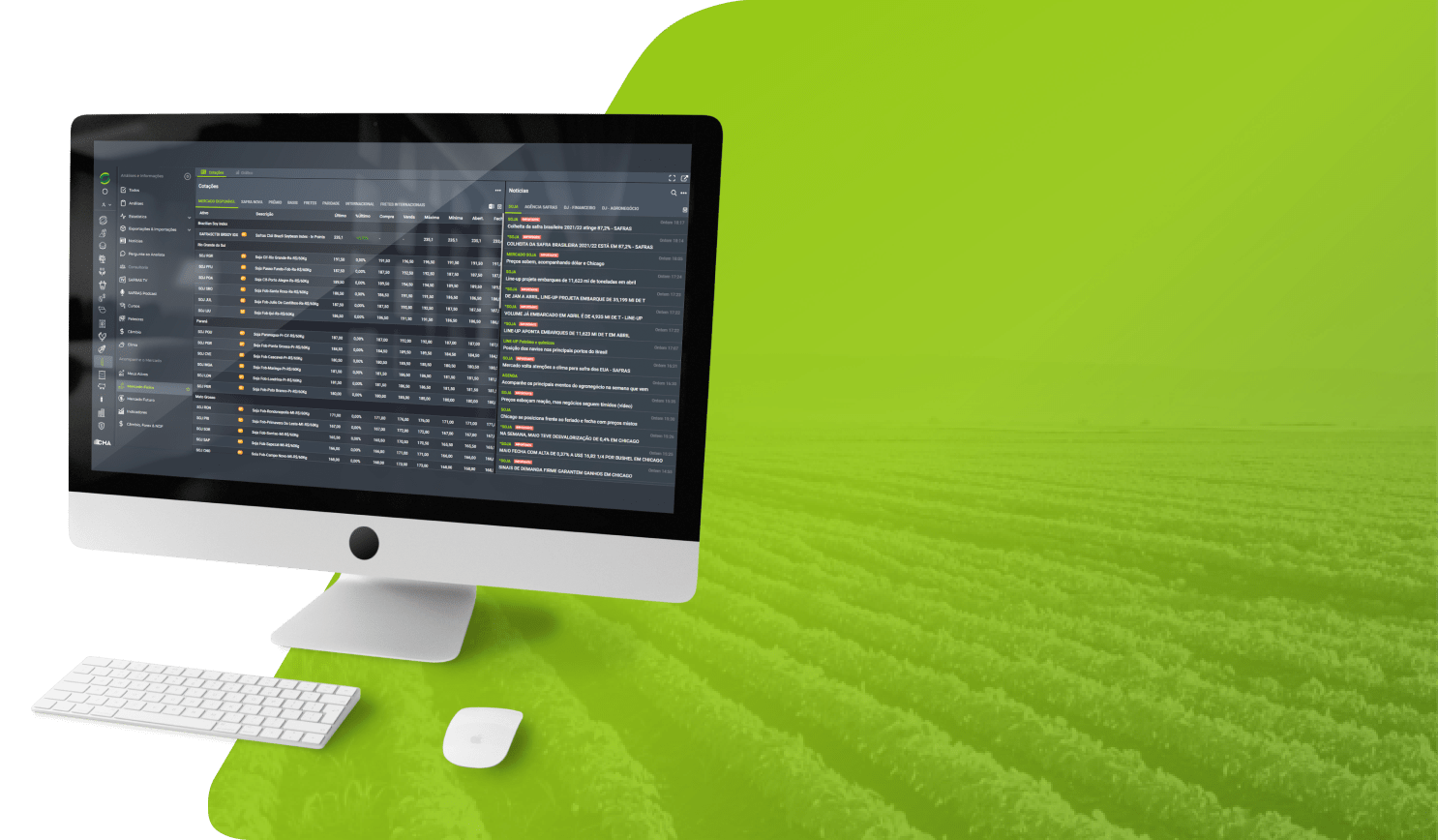The main characteristic of cattle farming is its elongated cycle. To understand the supply curve of the sector, it is necessary to have the perception that the market movements that happen today will have a future impact on the production of beef and other by-products of cattle. Brazil is going through a moment of a large expansion in its herd. According to IBGE data, the Brazilian cattle herd surpassed 224 million head.
However, this expansion process did not happen suddenly. For a better understanding of the current scenario, it is necessary to go back to 2019, the year in which Brazil became the central pillar for the supply of beef destined for the Chinese market. In the second half of that year, more than 30 meat packers were accredited to export to China. With the strong flow of exports, prices of the entire livestock chain quickly inflated.
The cattle breeders focused on fattening began to actively seek replacement animals, which also increased the prices of lean cattle and calves. With an interesting price curve for farmers, the process of large investments in the national livestock began, with heavy investments in properties, productivity techniques, genetics, and so on.
The demand in the Chinese market for animals up to 30 months old was one of the reasons for the zootechnical revolution that the sector has experienced. Reinforcing that the more technical and professional an activity is, the greater the need to protect the investment made. Business risk management needs to be perfectly performed to keep the operating margin of the activity healthy. In this context, following the main market trends and making good use of protection tools (hedge) is crucial for the success of operations.
The female retention process that began in the second half of 2019 was translated into a gain in productive capacity in 2022. The IBGE data on the Brazilian cattle herd are very clear in this regard, with advances already being signaled in 2021, having risen 3.1% over the year earlier.
The highlight is the advance of the herd in the North Region, containing around 55.7 million head, an increase of almost 6%. This movement is well known within the sector, since pasture areas evolve over the North of the country, while cattle farming has lost area for planting corn and mainly soybeans in the Brazilian Midwest. The privileged rainfall regime in the North region offers the ability to produce extensively throughout the year, with lower costs compared to other regions of the country.
This is also the reason for the timid growth in the Midwest region, advancing only 0.45% between 2020 and 2021. The Southeast region also showed significant growth, around 2.7%, as a result of the greater volume of animals confined in recent years in the region. As São Paulo and Minas Gerais have become relevant beef-exporting regions, it is fundamental to maintain proximity to the raw material and reduce freight costs.
For the current year, the greater number of the Brazilian herd is already translated into an increase in the volume of slaughter, as previously discussed. In 2022, the Brazilian herd is expected to reach the level of 226.3 million head. In 2023, the herd tends to exceed 228 million head. The herd growth rate starts to decline due to the change in the cattle farmers’ strategy.
With a less interesting price curve due to the increase in production capacity, it is quite likely that there will be an increase in the disposal of matrices. In this context, the rate of births will be lower. This is an important moment in the livestock cycle, when the early reversal movements begin.
The gain in production capacity and the consequent increase in the volume of beef supply tends to change domestic consumption patterns, with an increase in the demand for beef, which is the Brazilians’ favorite. In the international market, the productive gain comes at a time when our competitors are in the inverse phase of the livestock cycle, as is the case of the United States and the European Union. Australia is going through a slow recovery process and continues to have less attractive prices.
Therefore, Brazil will continue to be the main alternative for beef supply on a global scale, maintaining its position as a major beef exporter. In the domestic market, economic growth will need to be back to good levels to support the sector’s prices. The recovery of consumption power with the control of the inflationary spiral is also a determining element in this process.





